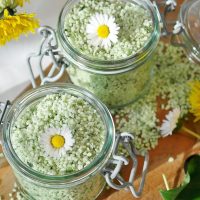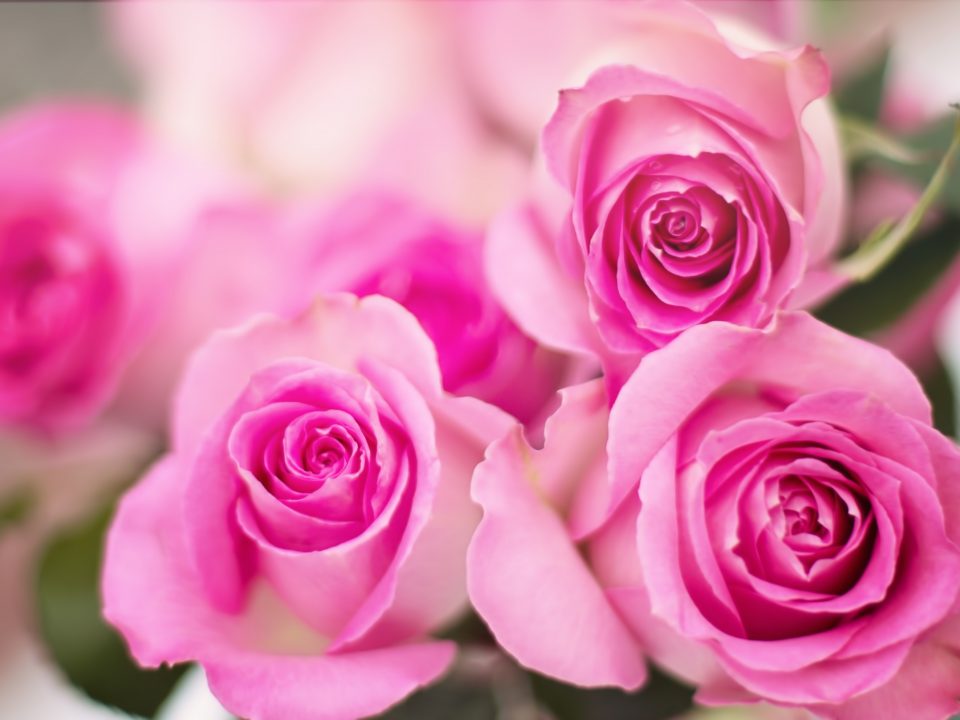medicinal herbs

Garlic
October 3, 2018
Vegetation purifies air
November 22, 2018medicinal herbs – what is best for your health
The Chinese have been using them for more than 3,000 years, and today they recognize the medicinal properties of herbs in the West. So how can the ginseng, dandelion, cinnamon and other plants help you both flower pot and body healing?
What is herbal medicine?
Three thousand years ago, the Chinese studied the abilities of plants to help human health. They studied what was going on in nature, and examined how animals use plants and channel their various benefits to their advantage – from what part of the plant they feed, why in some plants they eat the cocoon and others chew the roots, leaves or stems. They examined the energy of the plants, what each contributes to the animal, and whether these benefits can also work for the benefit of humans.
After the Chinese acquired a great deal of knowledge about the plants, they began to create different flavors from each other in color, flavored, warming or cooling effect, which stimulates or calms, can cleanse, sweat, sleep, drain and more.
Today we already know that plants work well on the circulatory system, the nervous system and the muscles. Their effect is direct and effective, and sometimes they improve chronic conditions that persist for years. Medicines given at the appropriate dose do not damage the liver or cause side effects, and therefore can be used for a long period in chronic cases, on the recommendation of a therapist only.
How It Works?
In the past, an action called “decoction” was used, during which the plants were dried and cooked. Over the years, another method of extracting the plant and drying it into powder has been introduced. In this method, the plant is cooked, the powder produced during cooking is collected over the water and dried. This powder is 5 times more concentrated than the fresh plant and is therefore easier to use.
Those who do not like the taste of powders can take them with capsules, tablets or extract (a mixture of plants with an alcoholic extract).
The Chinese have concocted several hundred permanent and effective compounds that can be adapted to patients to solve relatively common problems. However, if it is a more complex case or a few problematic foci, the therapist makes a prescription based on several plants, depending on the case. To determine the appropriate compound, the therapist interrogates the person before him, his life habits, the food he consumes and the health problems he has suffered in the past.
The therapist selects from the range of plants the ones that have the appropriate properties for the treatment, depending on taste, temperature, color, etc. For example, the green shade is considered a refrigerator, and red color is considered to be the catalyst and motive. The taste of plants that promote spleen or blood is sugary, and may help people suffering from digestive or obesity problems. Plants with sour taste are contracted and used to treat hot flashes and menopause or urinary incontinence. The acute taste is a motivating reason, and helps to stimulate the circulatory system in cases of menstrual pain or joint pain.
The synergy between plants is what brings healing. In each compound there is one plant used as the “Imperial Plant”, the main, while the other plants are “assistants” or “servants” who help and balance. Depending on the case, Caesar plant in one formula can serve in another formula.
Examples of medicinal herbs and their medicinal properties:
Ginseng: Considered a plant strengthens. Suitable for organs such as spleen and lungs, and therefore excellent for treatment of asthma, low back pain, prolapse of uterus and incontinence. Even people with fatigue or tiredness can use ginseng, but since it is considered a warming plant – if fatigue is accompanied by excess heat, it is recommended to plant a refrigerator.
Cinnamon: considered warmer, protective and sweating. Effective in cases of colds, opens pores, protects the body and “sends the disease out”. Cinnamon helps people who suffer from cold and consequently lower back problems. Cinnamon also helps in cases of cold without heat. Cinnamon extract strengthens the kidneys and aids in male fertility problems, such as low sperm count or impotence.
Dandelion: Strengthens and stimulates liver energy, detoxifies and also stress, stress and anger that cause lack of appetite, diarrhea or constipation. Dandelion also helps migraines, relieves gastrointestinal ulcers and infections, helps to cure eczema in the skin and fights cancerous growths.
Lichi: Strengthens blood and is characterized by fertility problems and lack of menstruation. Also good for anemia, dizziness and vision improvement.
Garlic: Excellent for eradicating intestinal worms.
Ginger: Cleans, warms, good against back pain and diarrhea. Sweating like cinnamon, thus causing the disease to get out of the body through the pores. It is also good for cold conditions in the womb, and therefore helps with menstrual or fertility problems.
Green onion: helps in cases of non-inflammatory colds.
Turmeric: An excellent plant for fertility problems – a heater with energy that drives the blood in the womb. Effective for problems originating from internal cold from which women who base their food on cold meals such as sandwiches, salads and dairy products suffer. Turmeric can also help cases of endometriosis and women with menstrual pain.
Rice: Rice is also used as a medicinal herb. Rice strengthens energy, and sometimes adds it to form a balancing factor in certain formulas






